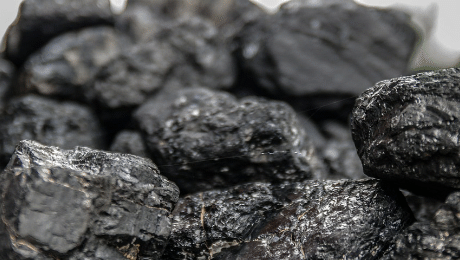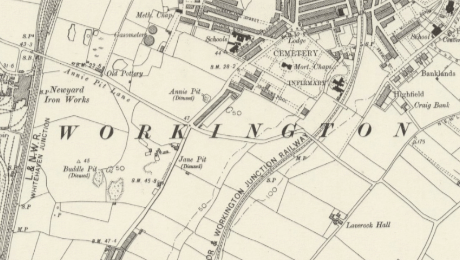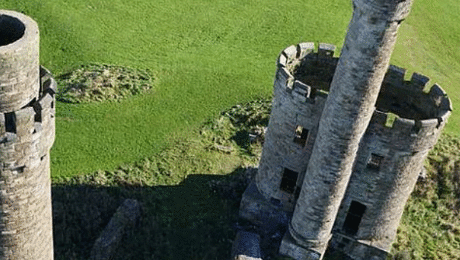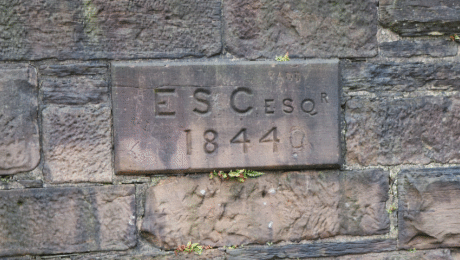The people of Workington have been mining coal and iron ore for over 400 years. In the 1840s, a new discovery turned the town into a coal mining powerhouse.
By the 18th century, the people of Workington had already been mining coal and iron ore for several centuries. The Curwen family, of Workington Hall, played a prominent role in the development of the town’s mining industry: between 1730 and 1740 they opened four pits, including Union Pit, Moorbanks Pit, Hunday Pit and School House Pit. By the 1770s, further pits nearby were opened, belonging to the Chapel Bank Colliery.
As the Industrial Revolution took hold, the town began to expand rapidly as more and more workers arrived to meet the growing demands of its mining industry. By 1802, the people of Workington’s miners were producing over 65,000 tons of coal each year. The town’s success wasn’t solely down to the fact that it was sat atop a huge amount of coal and iron ore: it also had its own port, allowing the freshly extracted ore and minerals to be transported quickly and easily.
In the first half of the 19th century, coal mining began to slow down due to competition from Scotland and Wales, and the drop in demand following the end of the Napoleonic Wars. Workington felt the pinch, but the town persevered and exploration for new pits continued. Buddle Pit was founded in 1837 and just a few years later, in 1843, Jane Pit also opened. The town experienced a second boom when a new seam of coal was discovered under the sea in 1846. Workington was back in business. Unfortunately, this period of optimism and hope was short lived: in 1875, the sea breached the mine, causing the tragic deaths of 100 miners. Jane Pit was closed, once and for all.
Jane Pit
The Jane Pit engine house and chimneys are now a Scheduled Ancient Monument and one of the best surviving examples of the 19th century castellated style.
It’s also a rare example of a pit with both a steam engine house and a horse gin circle (a pulley system operated by horses to wind up coal and pump out water), making Jane Pit a rather special place to see the evolution from horse-power to steam-power.
This all makes Jane Pit an important heritage site, both as part of Workington’s history and as a monument to the coal miners who braved treacherous conditions in the mines and were essential to the town’s prosperity.
DigVentures’ excavations are planned to investigate the some of the workings of Jane Pit. We will also be digging at Frostrams Cottages and Holyoak Farm nearby, to determine if we can locate any evidence for the homes of the miners, ship hands and agricultural workers who used to live there.
Frostrams Cottages and Holyoak Farm both appear on maps from the mid-18th century. There are no visible remains, however we believe there may still be remnants of the buildings left under the ground which will help us understand the layout of the cottages and the farm as well as what everyday life for the workers at the mine was like.
Click here to join the dig team, or to subscribe to our email list and hear about other ways to get involved.
Got questions? Email hello@digventures.com





